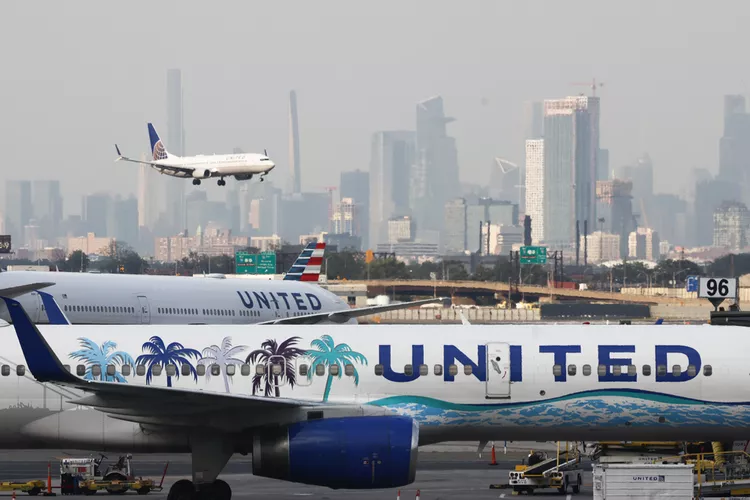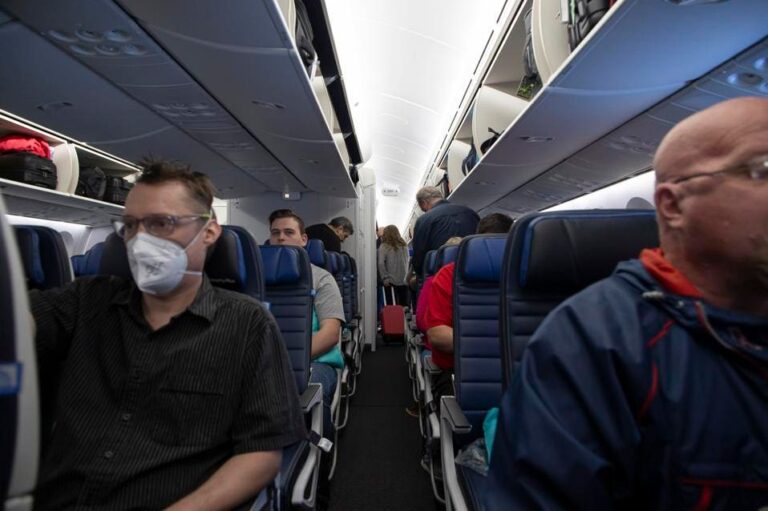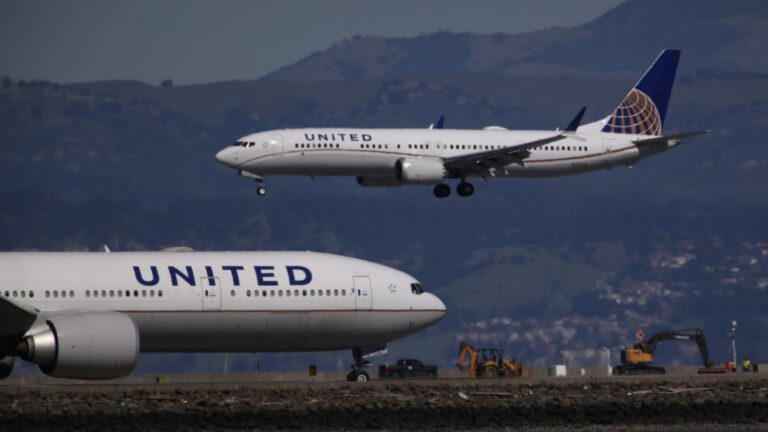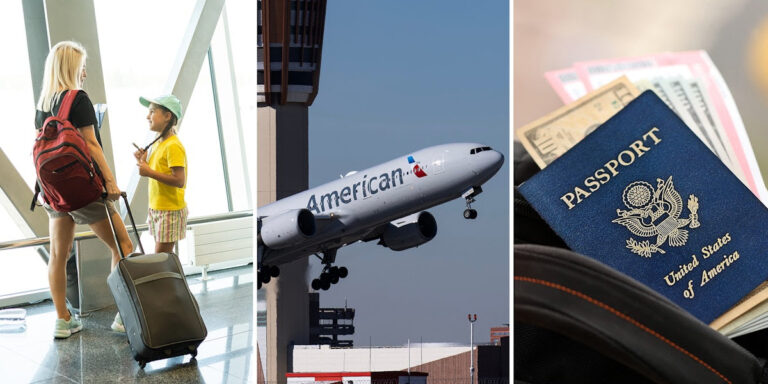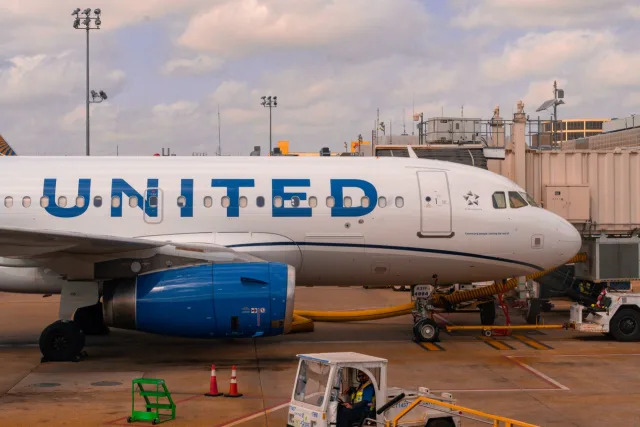American Airlines makes big change passengers won’t like
Frequent air travelers have some common expectations for ease of travel and comfort during the flying experience.
But American Airlines (AAL) continues to engage in a project that has arguably been cramping these hopes for a few years. At the heart of the situation is a new development in an ongoing American Airlines plan to standardize seating arrangements across its fleet of aircraft.
With the project name Oasis, the carrier continues its goal of creating consistency in its seat configurations to cut costs by making it easier to schedule and swap aircraft as operational issues arise. Back in 2021, one aspect of the Oasis project involved configuring its Boeing (BA) 737 aircraft.
“For the uninitiated, when US Airways management took over American Airlines, the carrier’s Boeing 737s had 150 seats,” wrote Gary Leff in View From the Wing. “That was quickly bumped up to 160, and then a new interior was rolled out with 172 seats. All 737s the airline is continuing to operate get this new interior.”
“To cram in more seats the airline had to reduce the space each passenger gets. That’s true not just in coach but first class, too,” he continued. “They’ve added bigger overhead bins and smaller lavatories. They removed seatback entertainment screens. And to accomplish the ‘densification’ project they use seats with less padding so that the seats take up less space.”
Now, Oasis meets the Airbus A319 fleet
American Airlines is now reportedly introducing a similar treatment to some of its smallest mainline jets.
Aviation expert and X, formerly Twitter, user JonNYC wrote about the development on Jan. 31.
American Airlines’ Oasis Project: A Quest for Uniformity and Efficiency
Frequent air travelers have some common expectations for ease of travel and comfort during the flying experience. However, American Airlines (AAL) continues to engage in a project that has arguably been cramping these hopes for a few years. At the heart of the situation is a new development in an ongoing American Airlines plan to standardize seating arrangements across its fleet of aircraft.
With the project name Oasis, the carrier continues its goal of creating consistency in its seat configurations to cut costs by making it easier to schedule and swap aircraft as operational issues arise. This approach might sound practical from an operational standpoint, but it has drawn significant criticism from passengers and industry experts alike.
The Origins and Goals of Project Oasis
The Oasis project was conceived as part of a broader strategy to streamline American Airlines’ operations following its merger with US Airways. The primary goal was to create a uniform fleet that would simplify maintenance, scheduling, and crew management. This standardization would theoretically lead to cost savings and increased operational efficiency.
In 2021, one of the major initiatives under Oasis involved configuring the airline’s Boeing 737 aircraft. Initially, American Airlines’ Boeing 737s had 150 seats, a number that was quickly increased to 160. However, the most dramatic change came with the introduction of a new interior layout featuring 172 seats. This “densification” was achieved by reducing the space allocated to each passenger and removing certain amenities.
Impact on Passenger Experience
“For the uninitiated, when US Airways management took over American Airlines, the carrier’s Boeing 737s had 150 seats,” wrote Gary Leff in View From the Wing. “That was quickly bumped up to 160, and then a new interior was rolled out with 172 seats. All 737s the airline is continuing to operate get this new interior.”
This increase in seating capacity was accomplished by several means, including reducing the pitch (the distance between rows of seats), installing seats with less padding, and shrinking the size of the lavatories. Additionally, seatback entertainment screens were removed, and larger overhead bins were installed to accommodate more carry-on luggage.
“To cram in more seats the airline had to reduce the space each passenger gets. That’s true not just in coach but first class, too,” Leff continued. “They’ve added bigger overhead bins and smaller lavatories. They removed seatback entertainment screens. And to accomplish the ‘densification’ project they use seats with less padding so that the seats take up less space.”
Expanding Oasis to the Airbus A319 Fleet
The Oasis project did not stop with the Boeing 737s. American Airlines has now reportedly introduced a similar treatment to some of its smallest mainline jets, the Airbus A319 fleet. Aviation expert and X, formerly Twitter, user JonNYC wrote about the development on January 31, noting that the changes would involve similar densification measures as those applied to the 737s.
The modifications to the A319s include reducing seat pitch, installing thinner seats with less padding, and removing seatback entertainment systems. These changes allow for more seats to be installed on the aircraft, thus increasing capacity and, theoretically, revenue per flight.
Operational Efficiency vs. Passenger Comfort
From an operational perspective, the Oasis project offers several advantages. By standardizing seat configurations across its fleet, American Airlines can more easily swap aircraft in response to maintenance issues or changes in demand. This flexibility can lead to fewer delays and cancellations, which benefits both the airline and its passengers in the long run.
However, the trade-off comes in the form of reduced passenger comfort. The reduced seat pitch means less legroom, and the thinner seats with less padding can make long flights particularly uncomfortable. The removal of seatback entertainment systems also means that passengers must rely on their own devices for in-flight entertainment, which can be inconvenient for those who prefer not to use personal electronics during a flight.
Passenger Reactions and Industry Criticism
The Oasis project has not been without its critics. Passengers have voiced their dissatisfaction with the changes, particularly the reduced legroom and the discomfort of the thinner seats. Frequent flyers, who often choose American Airlines for its loyalty program and route network, have been particularly vocal about the perceived decline in service quality.
Industry experts have also weighed in, noting that while operational efficiency is important, it should not come at the expense of passenger comfort. Some have suggested that the changes could lead to a decline in customer loyalty, as passengers may choose other airlines that offer more comfortable seating arrangements.
The Bigger Picture: Airline Industry Trends
American Airlines’ Oasis project is part of a broader trend in the airline industry toward densification and cost-cutting. Many airlines are facing increased pressure to remain profitable in a highly competitive market, and one way to achieve this is by increasing the number of seats per aircraft. This strategy allows airlines to sell more tickets per flight, thereby boosting revenue.
However, this trend has led to a growing debate about the balance between operational efficiency and passenger experience. While some passengers are willing to accept less comfort in exchange for lower fares, others are not. Airlines must carefully navigate this balance to maintain customer satisfaction and loyalty.
The Future of Oasis and American Airlines
The Oasis project represents a significant shift in American Airlines’ approach to fleet management and passenger service. By prioritizing operational efficiency and cost-cutting, the airline hopes to improve its bottom line and remain competitive in the industry. However, the impact on passenger comfort and satisfaction cannot be ignored.
As American Airlines continues to implement the Oasis project across its fleet, it will be important to monitor passenger feedback and industry trends. If the changes lead to a decline in customer loyalty or satisfaction, the airline may need to reconsider

